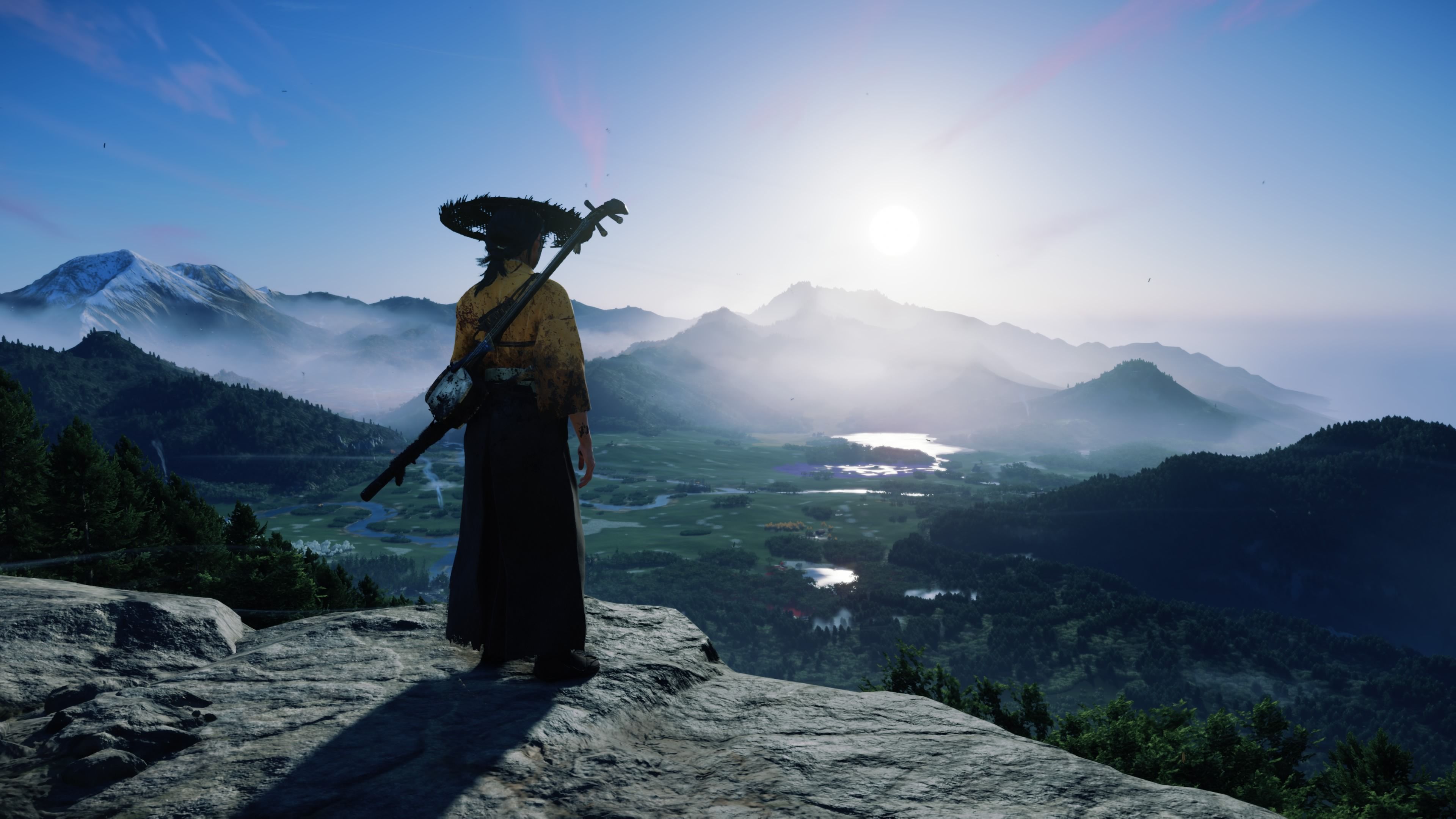
Ghost of Yotei is a massive game, just like the one before it. If you’re a completionist – someone who wants to finish everything, from side quests to collecting all the cosmetic items – you’ll find it incredibly challenging. Some encounters, like the fight against Takezo the Unrivalled, are particularly difficult.
As a big fan, it’s interesting to hear about the stuff Sucker Punch didn’t end up including in the game – it’s totally normal during development, and there’s always content that gets left out. Hopefully, some of that might show up in future updates! One thing I’ve learned is they really trimmed down a lot of the flashbacks showing Atsu’s history, which is a bit disappointing, but I understand they had to make choices.
In a recent discussion for Sony’s Creator to Creator series, Jason Connell, director of Ghost of Yotei, spoke with Breaking Bad creator Vince Gilligan about how they both approach creative work. Connell explained the flashback feature in Ghost of Yotei, which lets players see short scenes from the character Atsu’s past. He described it as a strong way to tell the story, but noted they haven’t used it as much as they initially planned.
Connell immediately recognized how compelling it would be to see and experience a glimpse into Atsu’s childhood with her family, simply by pressing a button. He explained:
The character initially seems to be on a solitary journey, but then a single event triggers a wave of nostalgia, reminding her of what’s at stake and giving the story a powerful emotional depth.
Ghost of Yotei follows a fairly typical revenge story, and it’s crucial for players to connect with Atsu and understand what she’s going through to stay invested. The game starts strongly in that regard, but the early moments – learning blacksmithing from her father, playing the shamisen with her mother, and training with her brother – really helped me feel her loss and motivation.
How Much Bigger Could It Have Been?
As the game progresses, you’ll find optional scenes, mostly centered around Atsu’s childhood home and a few other locations. The developers initially wanted these scenes to be accessible worldwide. As Connell explained, they first aimed to include them “as many places as possible, maybe everywhere.” The original concept was similar to the time travel feature in The Legend of Zelda: Ocarina of Time, with the ambition of being able to switch between timelines anywhere, like in A Link to the Past.
This would have involved creating two distinct versions of the game world that players could seamlessly switch between – almost anywhere – and ensuring each version felt meaningfully different to justify exploring both.
After about a year of development and testing, the team realized that creating a fully interactive past version of the game world—essentially doubling the amount of art—was too ambitious. While they admired the detailed and beautiful world they’d built, it simply wasn’t feasible. Instead, they focused on time-switching within specific, limited areas. The director admitted it was disappointing to scale back the idea, but ultimately believes these smaller glimpses into the past make the game even more impactful and memorable, contributing to what makes this Sucker Punch game so special.
Read More
- Byler Confirmed? Mike and Will’s Relationship in Stranger Things Season 5
- Best Job for Main Character in Octopath Traveler 0
- All Exploration Challenges & Rewards in Battlefield 6 Redsec
- Upload Labs: Beginner Tips & Tricks
- Grounded 2 Gets New Update for December 2025
- Top 8 UFC 5 Perks Every Fighter Should Use
- Where to Find Prescription in Where Winds Meet (Raw Leaf Porridge Quest)
- Entangling Bosonic Qubits: A Step Towards Fault-Tolerant Quantum Computation
- Battlefield 6: All Unit Challenges Guide (100% Complete Guide)
- Top 10 Cargo Ships in Star Citizen
2025-11-19 16:09